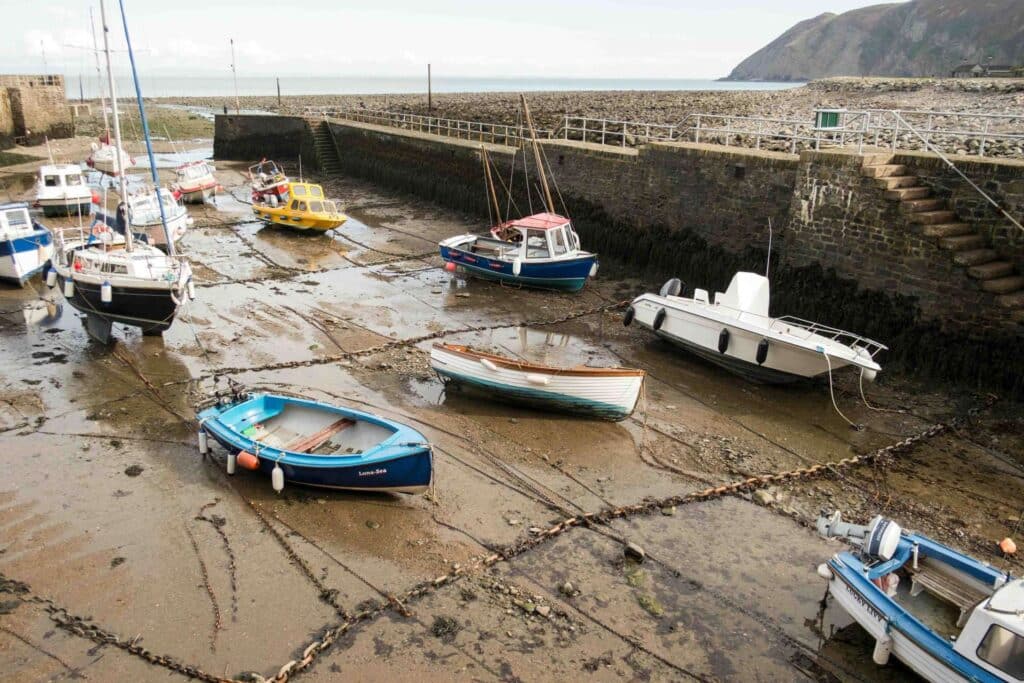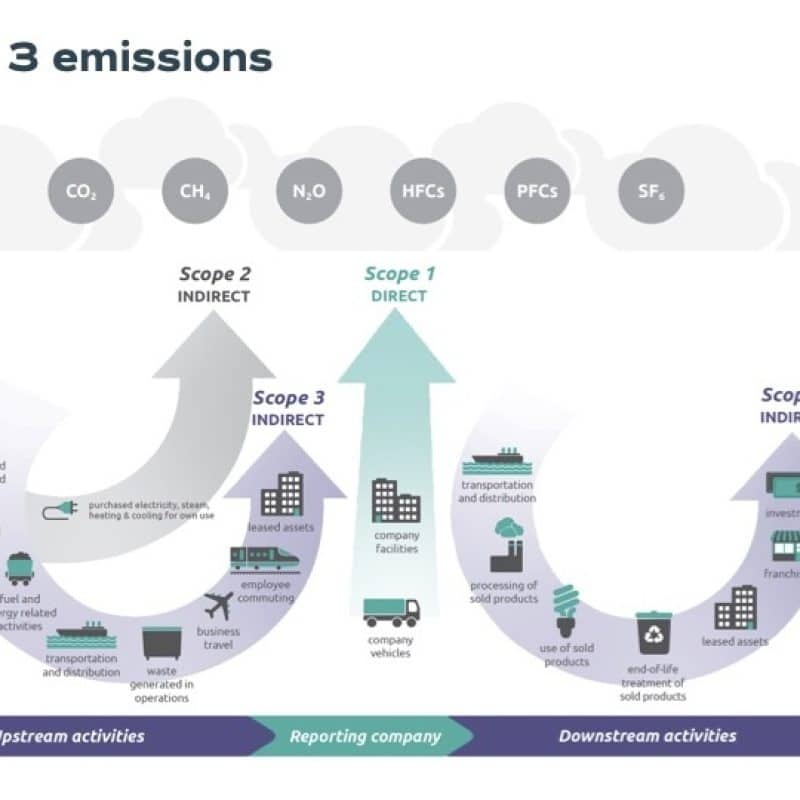Introduction
Our changing climate impacts every aspect of our lives-our economy, our communities, and the environment-in ways both visible and unseen. While scientists and environmental organizations have long recognized these changes, the business community and government are just beginning to understand and prepare for the potential impacts. Completing a climate vulnerability assessment and developing a climate action plan are critical steps businesses can take to build resilience and adapt to these changes.
A March 17, 2024, podcast from This American Life titled “Unprepared for What Has Already Happened”provides six stories of people waking up to the fact that the world has suddenly changed. The title isn’t exactly applicable because climate change has already happened-accelerated warming started in the mid-1700s via the Industrial Revolution-but society and the business community are unprepared.
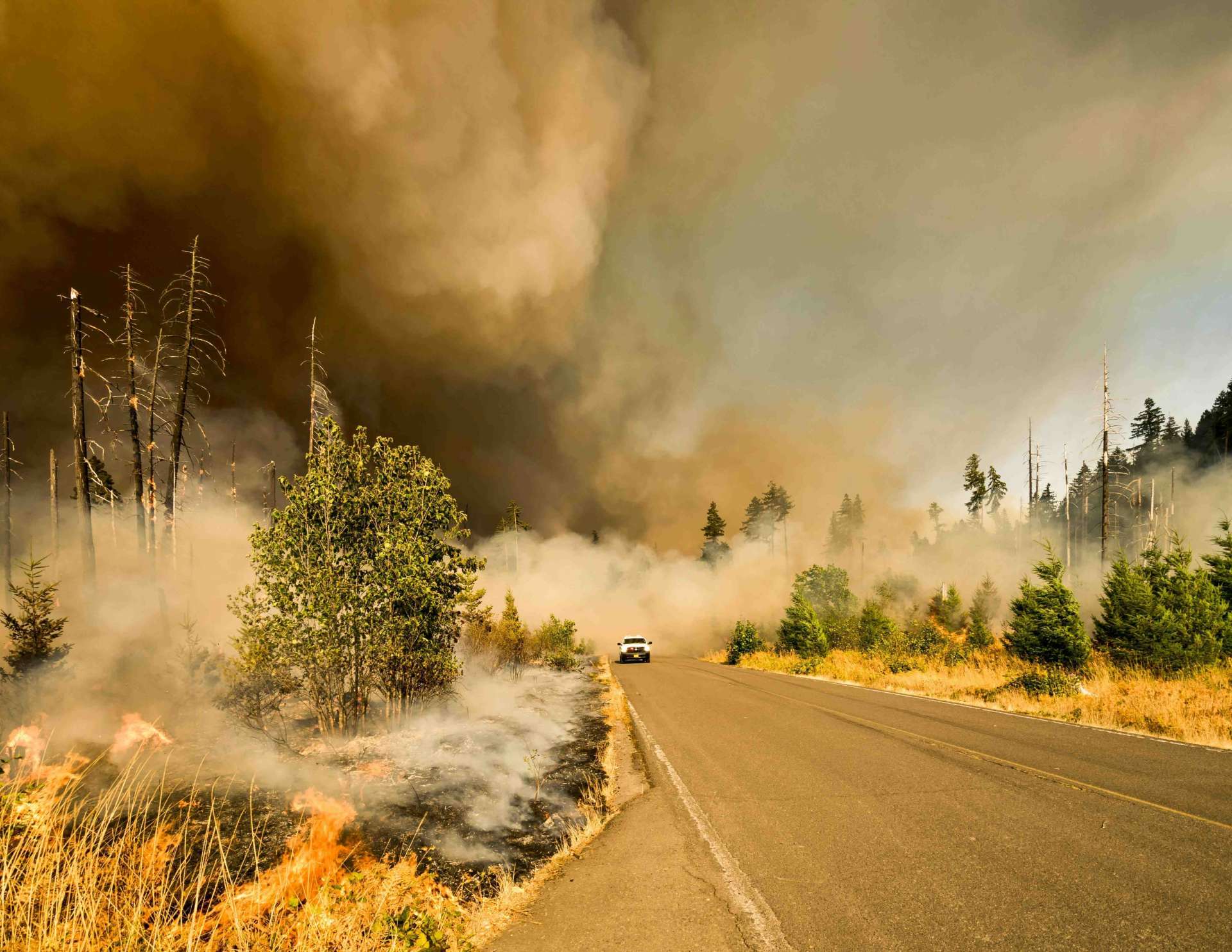
Understanding the Importance of Climate Vulnerability Assessments
A climate vulnerability assessment is an essential analysis that identifies the susceptibility of a community, region, business, or system to the adverse effects of climate change. This assessment evaluates exposure, sensitivity, and adaptive capacity to understand the potential impacts and risks associated with climate variability. The overall purpose is to inform decision-making, prioritize adaptation strategies, and enhance resilience by targeting the most significant risks.
Western economies have traditionally viewed the environment as something to be exploited for the benefit of business. The illustration below, created by Peter Senge and others, depicts this model. This mindset may have a limited impact on a very small scale but has obviously detrimental impacts on a global scale. Those running the economy (e.g., large businesses) can insulate themselves from the effects by aggregating capital and resources, leaving everyone else to absorb the downstream impacts of their decisions.
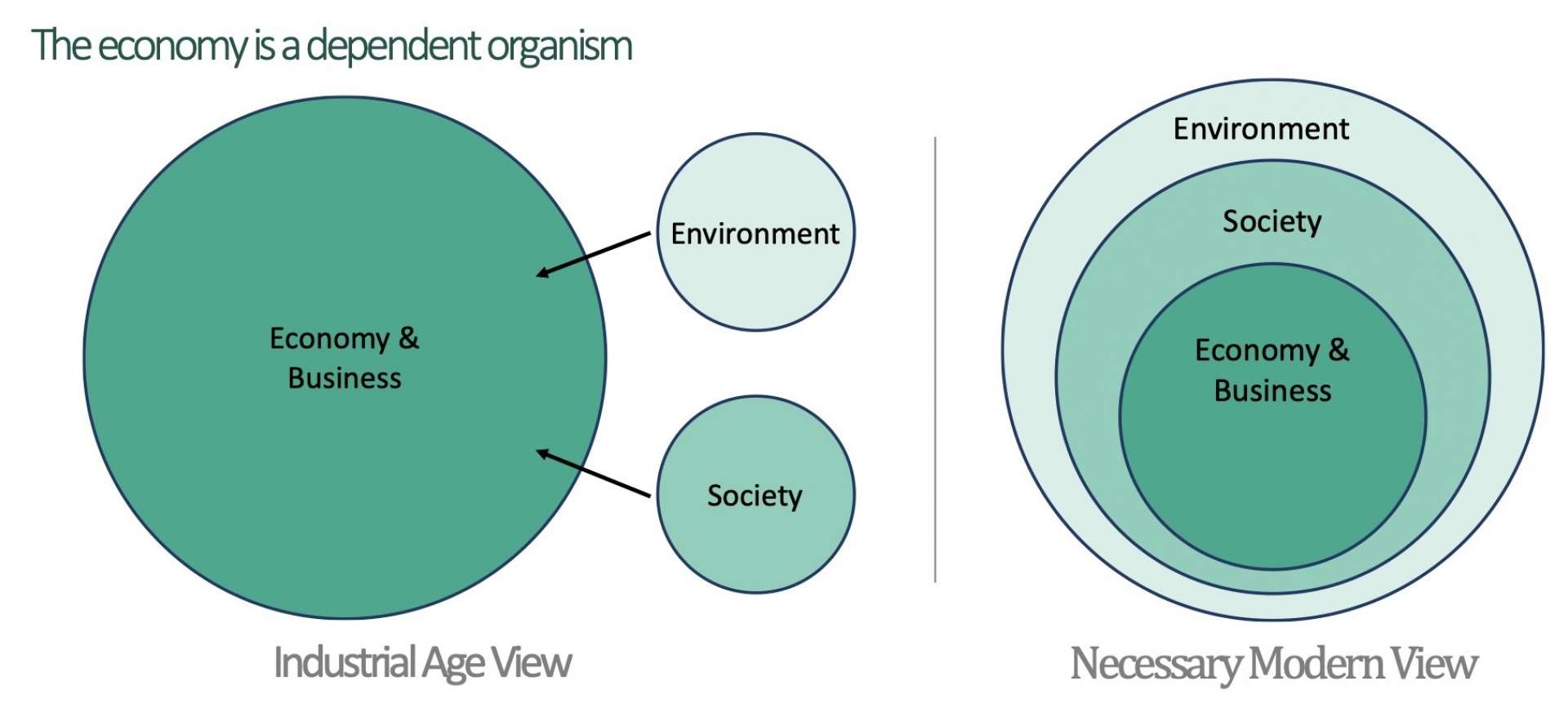
Senge, along with many others like Kate Raworth, offers a different model. One model outlined by Senge is the “three-nested-dependencies model,” whereby the economy relies on the health of communities and the environment. This model presupposes that any economy cannot survive at the expense of other affected groups. Business is inherently dependent on a healthy society and environment.
The Role of Climate Action Plans
A climate action plan is a strategic framework designed to reduce greenhouse gas emissions and improve resilience to climate change. It outlines specific actions, policies, and measures that organizations, governments, and communities can implement to mitigate climate change and adapt to its effects. The primary goal of a climate action plan is to promote sustainable practices, protect public health, and ensure a resilient and sustainable future.
Businesses adopting a broad mindset of economic beneficiaries, where environmental and societal health is a requirement for business prosperity, position themselves to be more resilient to the realities we face in the coming years and decades. Leaders with this mindset are attuned to the risks, which will lead them to conduct vulnerability assessments to determine how they will be impacted and then create climate action plans to define how they will mitigate and overcome the risks they face.
Why Businesses Need Climate Action Plans
The business community, which is the primary cause of the climate problem, has been egregiously slow in acknowledging their role and adapting new business models to mitigate impacts. Effective businesses continually assess their vulnerability to varying market factors. They consider risks to supply chains, interest rates, consumer demand, competition, changing technologies, and evolving political environments as examples. Companies that don’t assess risk typically don’t last long. Assessing climate vulnerabilities shouldn’t be any different.
It seems fair to assume that assessing risks and planning for the adverse effects of climate change would be common sense for any business. But until recently, it hasn’t been, presumably because business leaders are in denial, afraid to alienate individuals or organizations who deny the science, lazy, willfully ignorant, or some combination of all four.
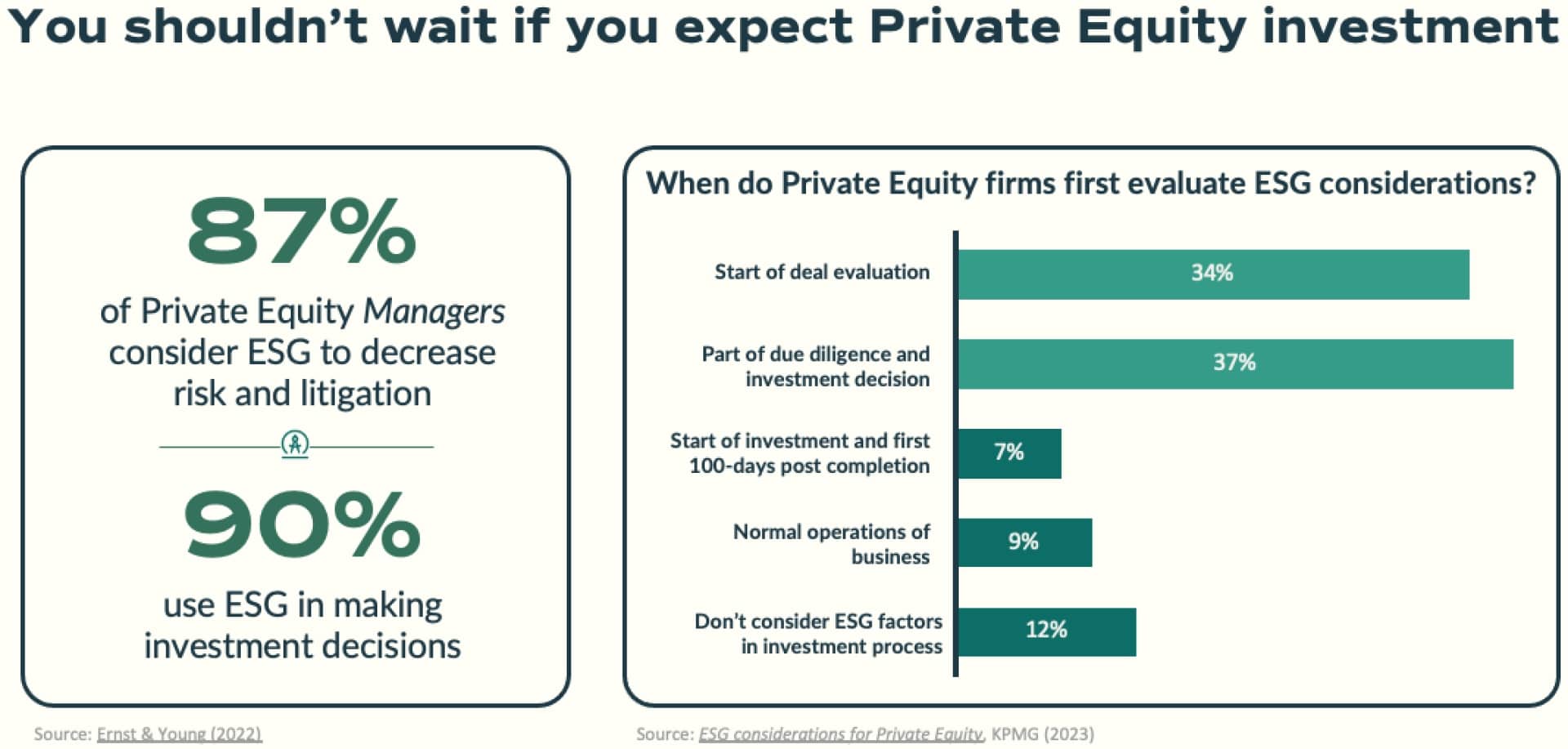
Climate vulnerability is not just a bunch of hippy-dippy bologna. Financial markets are starting to shift with institutional investors concluding that climate poses significant financial risks to companies of all sizes. Even if all investors may not be acting quickly, organizations like BlackRock, the Business Roundtable, and private equity firms are publicly stating the importance of climate action and are shifting investments to companies that have incorporated climate action into their business plans. They are holding companies accountable by advocating for change, challenging business plans, and electing board members who understand the risk.
The Process of Conducting a Climate Vulnerability Assessment
Conducting a climate vulnerability assessment involves several key steps:
- Identifying Vulnerable Areas: Determine which areas of your business, community, or system are most susceptible to climate impacts.
- Evaluating Exposure: Assess the extent to which these areas are exposed to climate hazards such as extreme weather events, rising temperatures, and sea-level rise.
- Assessing Sensitivity: Analyze how sensitive these areas are to climate impacts, considering factors like infrastructure, operations, and supply chains.
- Determining Adaptive Capacity: Evaluate the ability of these areas to adapt to and recover from climate impacts, including existing resilience measures and resources.
- Prioritizing Risks: Rank the identified risks based on their severity and likelihood, helping to focus resources on the most critical areas.
After evaluating risk and vulnerability, the next step is to develop an action plan to address those risks. Adapting to climate change is no different, and creating a climate action plan is the follow-on to the climate vulnerability assessment.
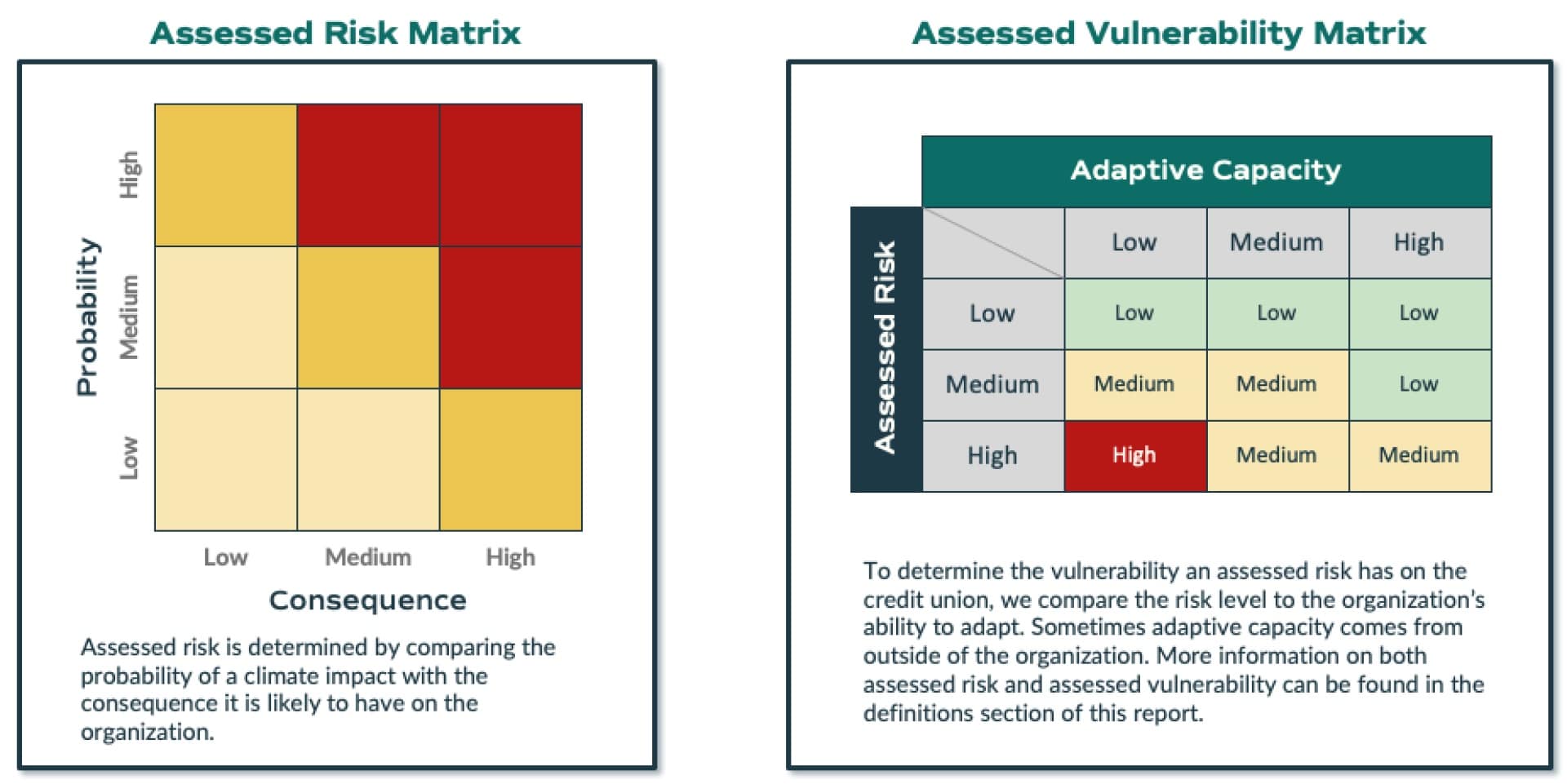
Creating an Effective Climate Action Plan
A climate action plan should include the following elements:
- Goals and Objectives: Define clear and measurable goals for reducing greenhouse gas emissions and enhancing resilience.
- Specific Actions: Outline specific actions, policies, and measures that will be implemented to achieve the goals.
- Timeline: Establish a timeline for implementing the actions, including short-term and long-term milestones.
- Roles and Responsibilities: Assign roles and responsibilities to ensure accountability and effective execution of the plan.
- Monitoring and Evaluation: Develop a system for monitoring progress and evaluating the effectiveness of the actions, allowing for adjustments as needed.
As with any plan, the longer a community or organization waits to create and implement a climate action plan, the longer it takes to realize any of the benefits. Climate change isn’t waiting-it has already happened, as noted previously-so creating a plan now is critical to maintaining financial longevity.
How Measure Meant Can Help
It can be daunting for communities and organizations to acknowledge and address how they are contributing to the global climate problem. Evaluating impacts can feel overwhelming, and it can be difficult to decide where to start. Even after understanding the impacts, community planners and leaders still need to change how they manage their operations.
But it doesn’t have to be complicated. Measure Meant works closely with your team to conduct climate vulnerability assessments and develop effective climate action plans.
Often, consultants will do their work in a black box, providing minimal transparency into their process, thereby creating dependency that leads to ongoing business. Their approach leaves the client with a completed climate vulnerability assessment and climate action plan, but you may have limited insight into how those were developed and have little buy-in from leadership and community members because they weren’t involved. In these instances, the client comes away with pretty documents but a limited understanding of how to move forward and make an impact.

Our approach is different. Measure Meant works closely with our partners to assess climate vulnerability and develop effective climate action plans. Our approach involves direct engagement with internal teams and external partners ensuring that our clients have full ownership and understanding of the assessment process and the resulting action plan. This collaborative method fosters buy-in from leadership, partners, and community members, enabling meaningful action and long-term resilience.
Conclusion
In This American Life’s podcast, each story ends with the storyteller recognizing and accepting what had already happened, after which they take action to remedy the situation. It can be difficult to see what is coming, and we are often unprepared when something happens. But it isn’t too late to recognize the signs and adapt.
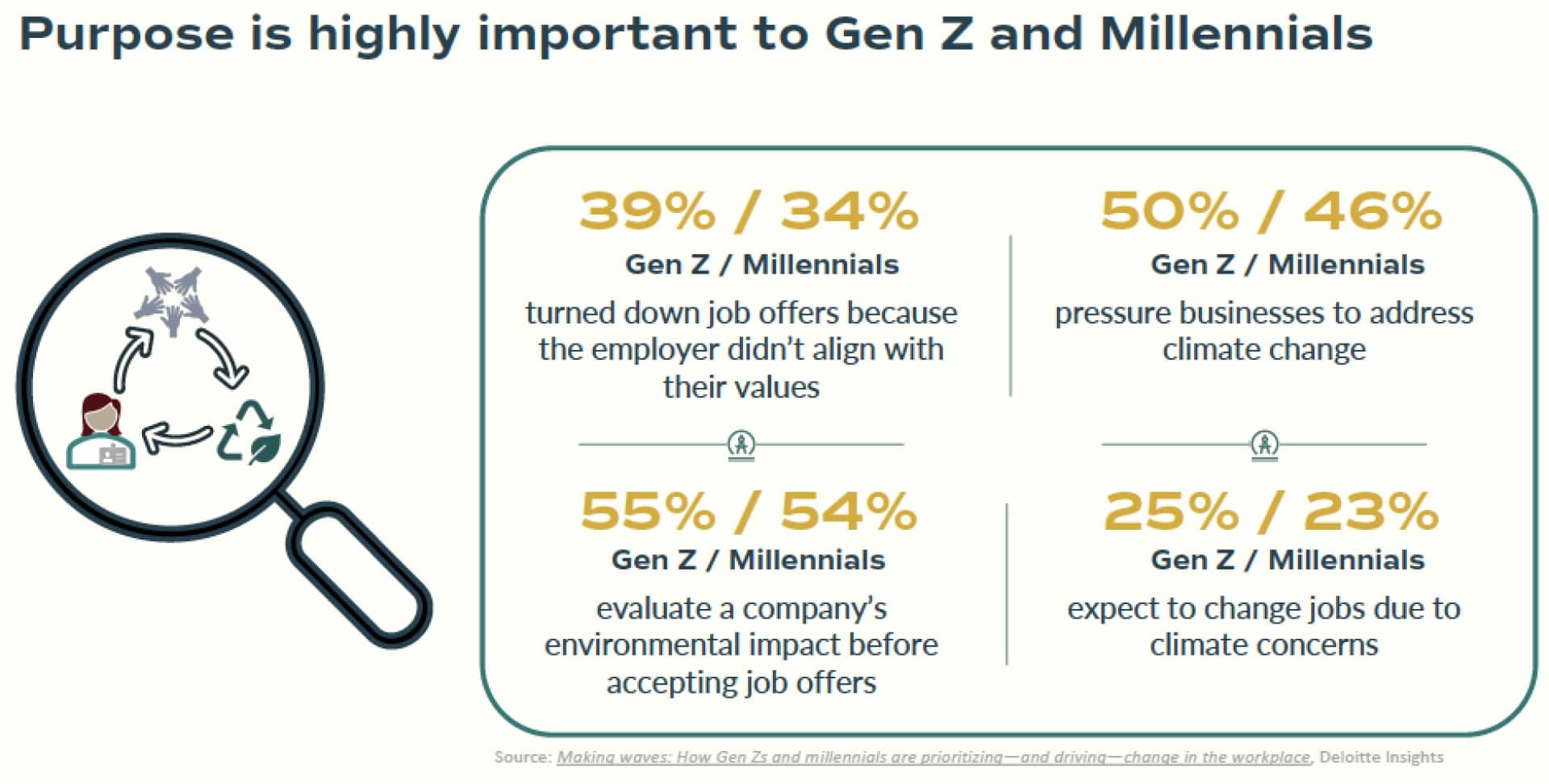
Consumers, employees, community members, and investors are silently or openly demanding that businesses act. Community leaders and businesses can no longer be innocent bystanders and remain oblivious to the problem. There is no reason to remain idle because information about climate vulnerability is plentiful, as are actions organizations of all types can take and solutions they can implement. There is no excuse to be unprepared for what comes next.
Measure Meant can help you with a climate vulnerability assessment and climate action plan, making you more resilient in the face of change. Let us be your partner in creating a better approach to business that supports people and the planet.
